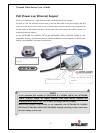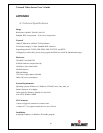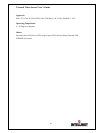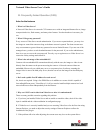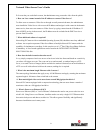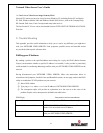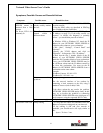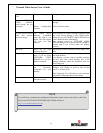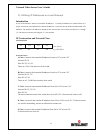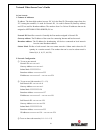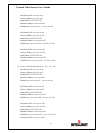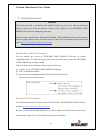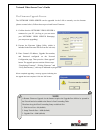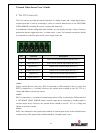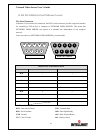
Network Video Server User’s Guide
55
D. Utilizing IP Addresses on Local Network
Introduction
Access to the Internet is achieved via Internet IP addresses. Currently, IP addresses are limited. There are 5
classes of networks, and each network contains IP addresses. A network can only hold a limited number of IP
addresses. The number of IP addresses depends on the network class. The 5 classes are labeled “A” through
“E” with the most common one being the “C” class network.
IP Construction and Network Class
IP Construction
(xxx: 0-255)
X1 X2 X3 X4 e.g. 192.168.1.1
Network Classes
A Class: A network that contains IP addresses from 0 to 127 at room ‘X1”
Network ID: X1
Host ID: X2, X3, X4
There are 128 A-Class networks in the world.
B Class: A network that contains IP addresses from 0 to 127 at room ‘X1”
Network ID: X1, X2
Host ID: X3, X4
There are 65, 534 B-Class networks in the world.
C Class: A network that contains IP addresses from 192 to 223 at room ‘X1’.
Network ID: X1, X2, X3
Host ID: X4
The most common network in the world; there are 2,097,152 C-class networks in the world.
D Class: A network that contains IP addresses from 224 to 239 at room ‘X1’. D-class networks
are used for multicasting, and are not allowed for common use.
E Class: A network that contains IP addresses from 240 to 255 at room ‘X1’.
E-class networks are reserved.
xxx xxx xxx xxx



